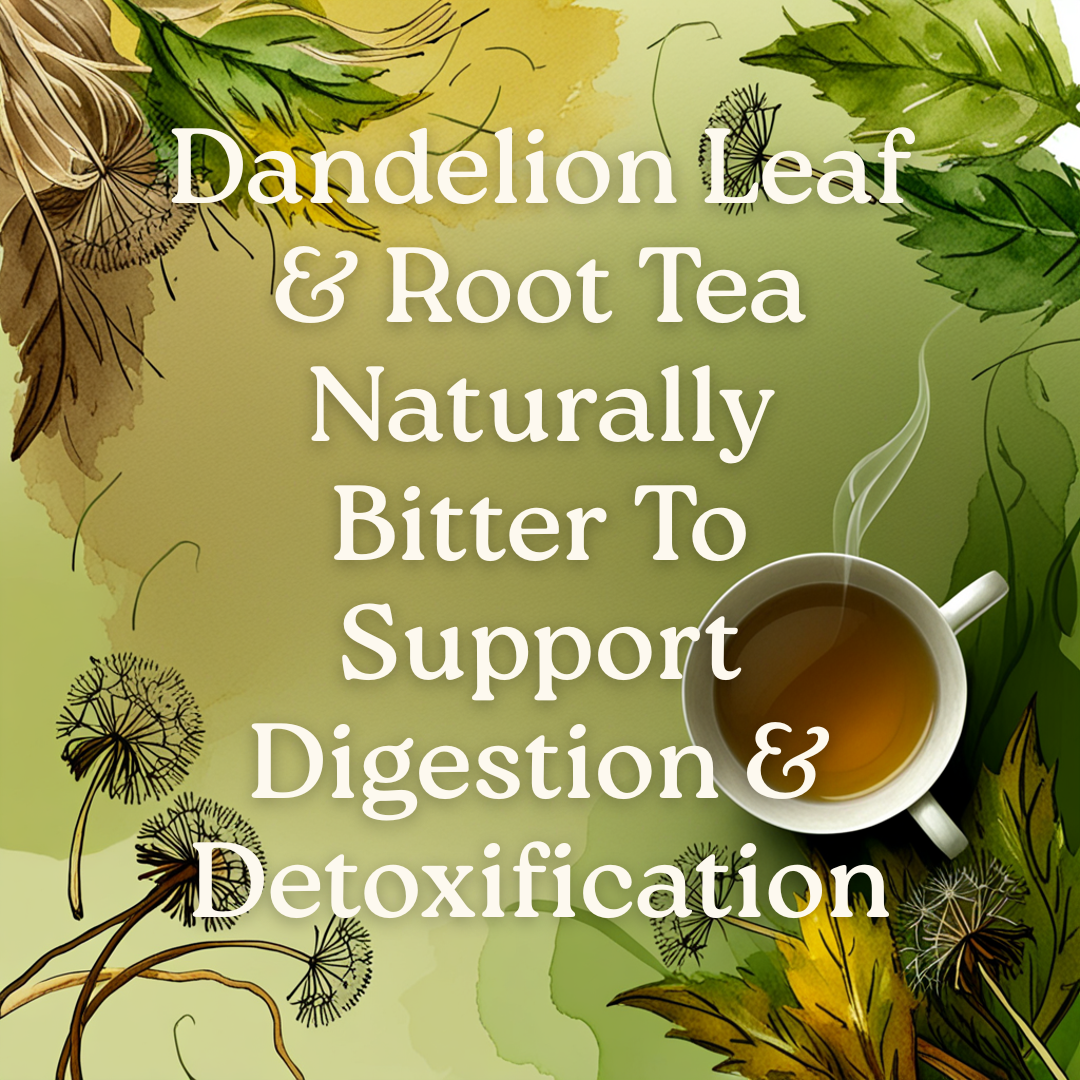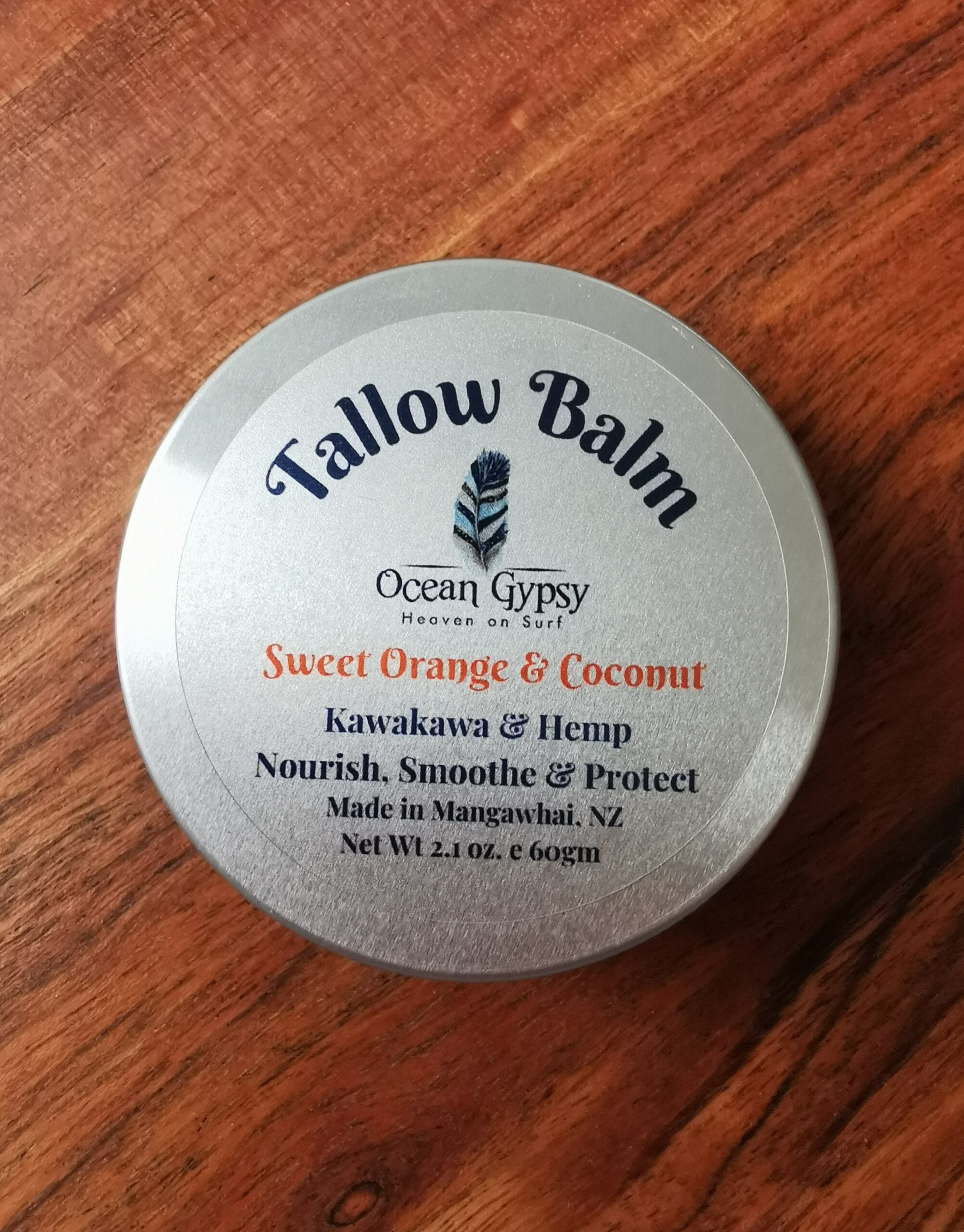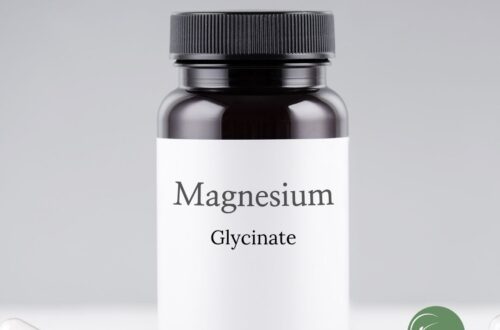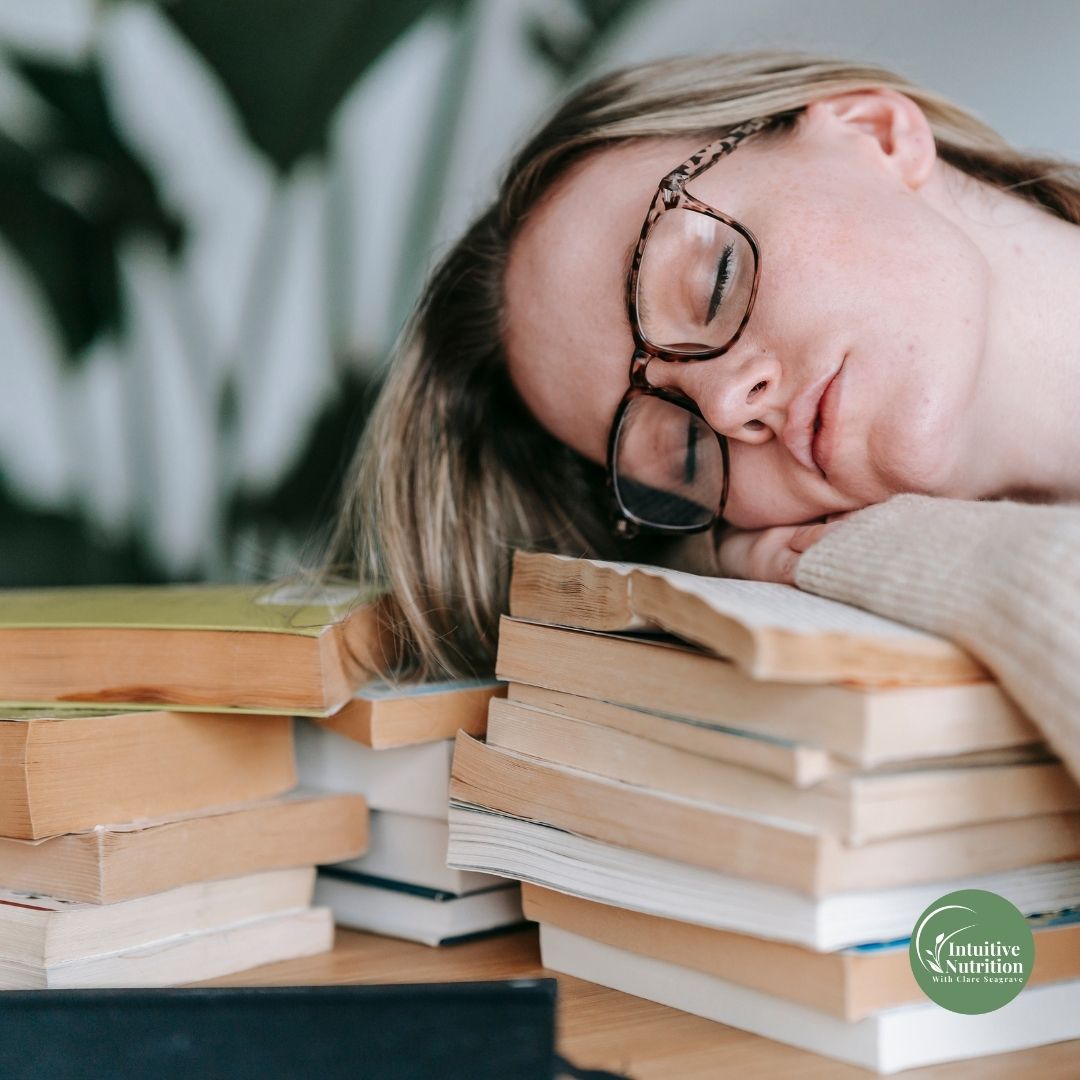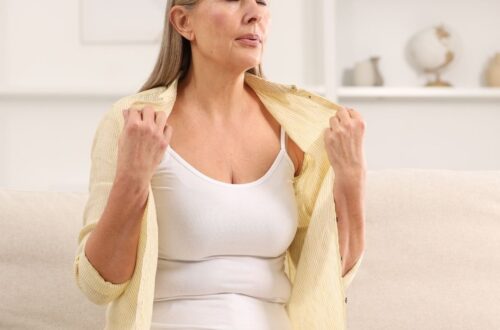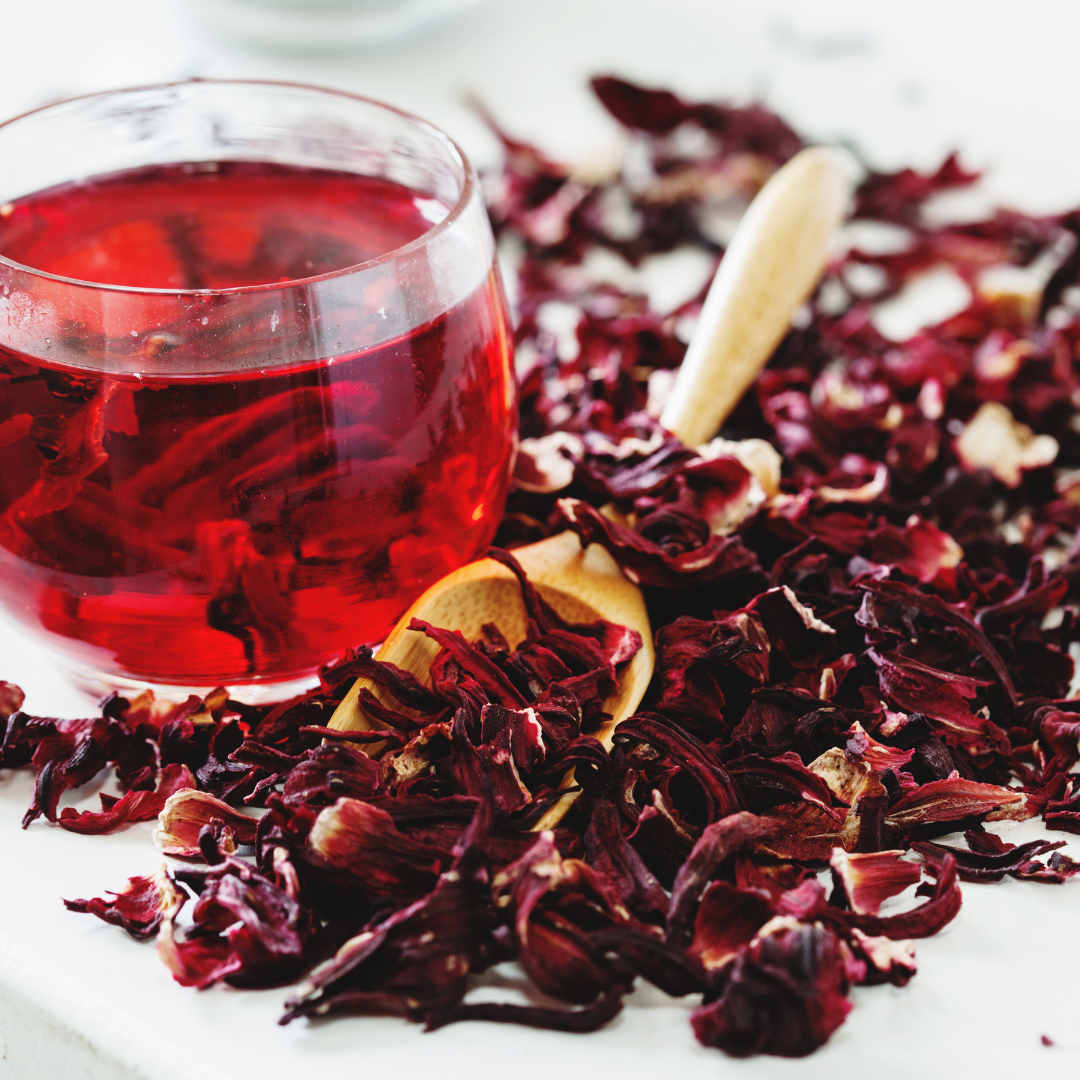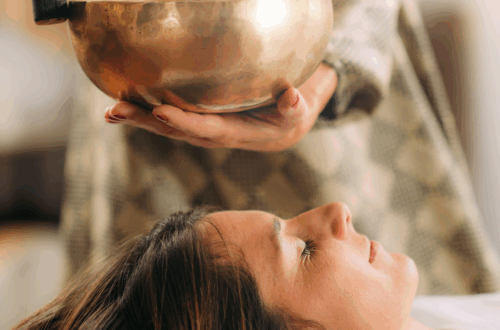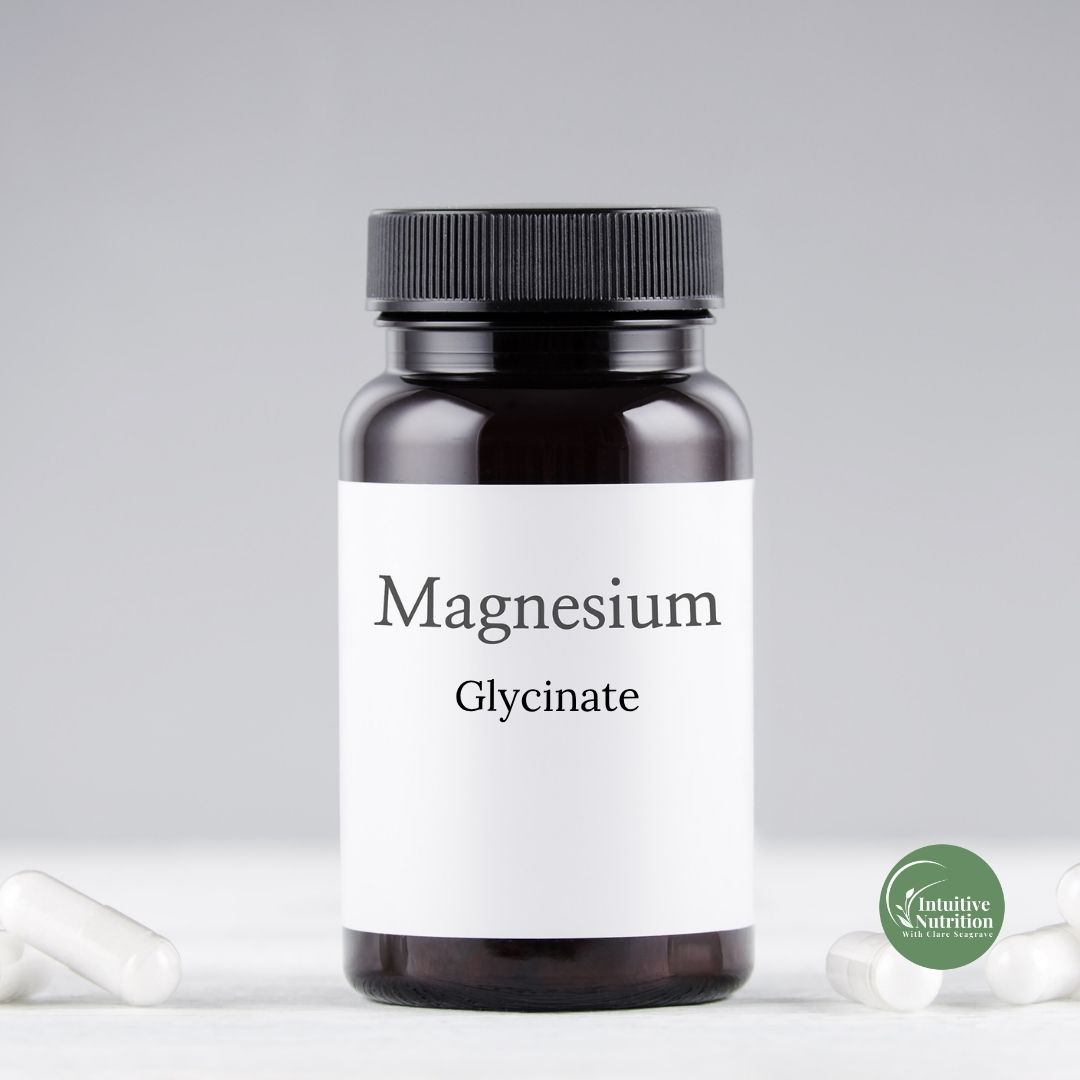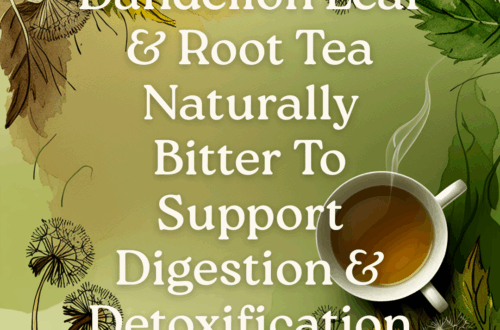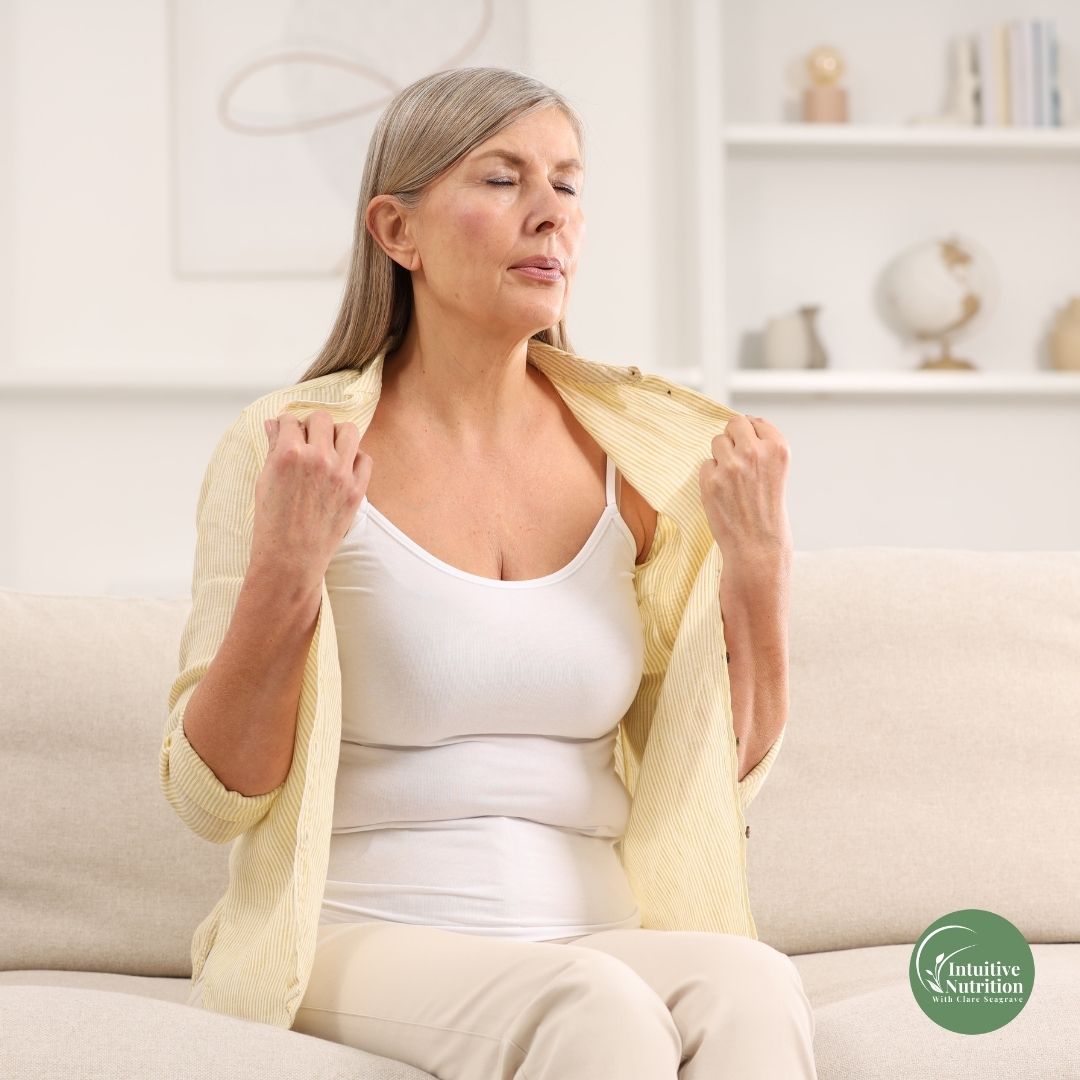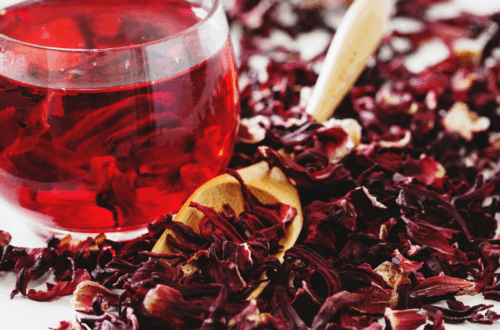Menopause
Peri-menopause, Menopause & Post-Menopause
Peri-menopause generally occurs from age 40 up to 58 years old. This is when symptoms of reducing hormone levels are experienced. Menopause is when there is no period for 12 months; this is menopause. After this time, you are in post-menopause. Symptoms can still be experienced but reduce over time.
-
Bitters: How Bitter Flavours Support Digestion, Liver Health, and Hormone Balance
When you think of taste, your mind might go straight to sweet or salty — the flavours most of us naturally gravitate towards. But there’s a whole spectrum of tastes, and each one interacts with the body in its own unique way. Understanding these flavours and their physiological effects is an ancient concept rooted in herbal medicine, Ayurveda, and Traditional Chinese Medicine — and science now confirms much of what those traditions have known for centuries. Let’s take a quick look at the primary taste categories before diving deeper into the role of bitters. The Six Core Tastes and Their Roles in the Body Now, let’s focus on bitters —…
-
12 Early Signs of Perimenopause Every Woman Over 35 Should Know!
Early signs of perimenopause can start as early as your mid to late 30s or early 40s, though for some women, they may appear later. Perimenopause is the transitional phase before menopause when hormone levels—especially oestrogen and progesterone—start to fluctuate. Here are common early signs to look out for: 1. Irregular Periods 2. Sleep Disturbances 3. Mood Changes 4. Hot Flushes 5. Increased PMS Symptoms 6. Low Libido 7. Fatigue 8. Brain Fog 9. Changes in Hair and Skin 10. Vaginal Dryness or Discomfort 11. Weight Gain, Especially Around the Middle 12. Breast Tenderness Additional Signs:
-
Stay Cool Naturally with Hibiscus Tea: A Menopause-Friendly Ritual
When the temperature rises—whether from the sun or a sudden hot flush—nature has a way of helping us cool down. Hibiscus tea, with its deep ruby colour and tart, refreshing flavour, has long been used in hot climates around the world for exactly this reason. From the traditional medicines of Africa to the principles of Ayurveda, hibiscus has earned its place as a “refrigerant herb”—one that cools the body, soothes the liver, and supports overall wellbeing. How Does Hibiscus Tea Help You Cool Down? 1. Natural Cooling Through Vasodilation Hibiscus is rich in anthocyanins and flavonoids, compounds that help dilate blood vessels (vasodilation). This gentle widening of the vessels allows…
-
Why Magnesium Glycinate Is Ideal for Menopause
? Why Magnesium Glycinate Is Ideal for Menopause Highly AbsorbableMagnesium glycinate is bound to glycine, an amino acid that enhances absorption and makes it gentle on the digestive system, unlike some other forms that can cause loose stools (like magnesium oxide). ? When to Take It Typical Dosage Recommended Brand: BePure Magnesium Restore For menopause support, I highly recommend BePure Magnesium Restore, which contains magnesium bisglycinate—a highly absorbable and gentle form that’s ideal for calming the nervous system, supporting sleep, and reducing muscle tension and anxiety. How to Take It: Note:If you live in New Zealand, it’s important to know that our soils are naturally low in magnesium. This means…
-
Cool the Body Naturally: Simple Ways to Reduce Hot Flushes & Night Sweats
ggHot flushes and night sweats can feel like your body has forgotten how to regulate its own temperature. Whether you’re in the middle of menopause or simply feeling the heat more than usual, the good news is there are practical and natural ways to help your body cool down and feel more in balance. In this post, I’m sharing simple changes you can make to your environment, nutrition, and lifestyle to support your body’s ability to regulate temperature—especially during the night. 1. Create a Cooling Bedroom Environment Your sleep space has a huge impact on how well your body copes with heat. Synthetic bedding can trap heat and moisture, making…
-
Hyaluronic Acid: The Nourishing Powerhouse for Acne-Prone and Mature Skin
When it comes to skincare, one ingredient that stands out for its incredible versatility and nourishing qualities is hyaluronic acid (HA). While it’s best known for its deep hydration and plumping effects, its benefits go far beyond just moisturizing. In fact, hyaluronic acid is particularly beneficial for two specific skin concerns: acne-prone skin and mature skin. Let’s take a deep dive into how HA nourishes these skin types and why it should be a key player in your skincare routine. Nourishing Hyaluronic Acid for Acne-Prone Skin If you have acne-prone skin, you might think that hydration is the last thing your skin needs, especially since excess oil is often associated…
-
Copaiba Essential Oil an amazing oil for reducing anxiety symptoms.
Aromatherapy is a powerful tool that I use personally to support me as I go through menopause. One of my new favourites is Copaiba Essential Oil, which I have made into a roller for easy application. These are just some of the properties of this wonderful Essential Oil. Pain Relief The analgesic properties of copaiba oil can provide relief from pain. It can be applied topically to soothe sore muscles, joint pain, and headaches. Skin Health Copaiba oil is beneficial for the skin because it reduces inflammation and fights bacteria. It can help with conditions like acne, eczema, and psoriasis. It also promotes wound healing and reduces the appearance of…
-
What are Phytoestrogens? and how to incorporate them into your food plan.
Phytoestrogens, often dubbed nature’s answer to estrogen, are natural compounds found in plants that can mimic or modulate the effects of estrogen in the human body. These compounds have gained considerable attention for their potential health benefits, ranging from hormone balance to reducing the risk of certain diseases. What Are Phytoestrogens? Phytoestrogens are a diverse group of naturally occurring compounds found in various plant-based foods. They are structurally similar to the hormone estrogen and can interact with estrogen receptors in the body, exerting estrogenic or antiestrogenic effects. Phytoestrogens are classified into several categories, with the most common types being isoflavones, lignans, and coumestans. Isoflavones: Found predominantly in soybeans and soy…
-
Androgenic Alopecia, Hair Loss in Women During Hormone Changes.
Androgenic alopecia, commonly known as female pattern hair loss, is a distressing condition that affects women of various ages worldwide. Unlike men, who often exhibit a characteristic receding hairline and balding crown, women with androgenic alopecia typically experience diffuse thinning over the crown and frontal scalp regions. Women, though, can still find that the mid-part of the hair may become wider, and hair can recede and come thin on the crown region. Androgenic alopecia is a multifactorial condition influenced by both genetic and hormonal factors. While genetics play a role in determining an individual’s susceptibility to hair loss, hormonal imbalances, particularly involving androgens, contribute significantly to its onset and progression…
-
Why Go Gluten Free When Going Through Peri-Menopause & Menopause?
Menopause is a significant transition in a woman’s life, marked by hormonal changes that can bring about a range of symptoms. While many women focus on managing hot flashes, mood swings, and sleep disturbances, thinking its solely due to this transition. In actual fact it maybe due to the gluten being eating! Gluten and Thyroid Hormones: A Sneaky Mimic One of the lesser-known but crucial reasons to consider going gluten-free during menopause is the relationship between gluten and thyroid function. Gluten, a protein found in grains like wheat, barley, and rye, contains a protein called gliadin. For some people, gliadin can trigger an autoimmune response that damages the lining of…
